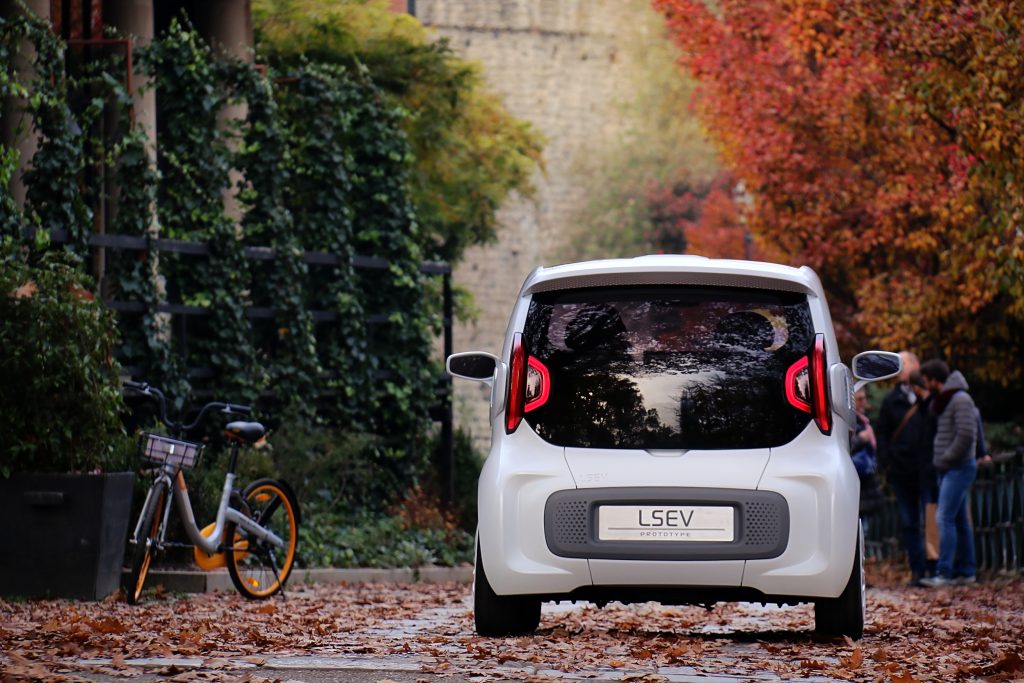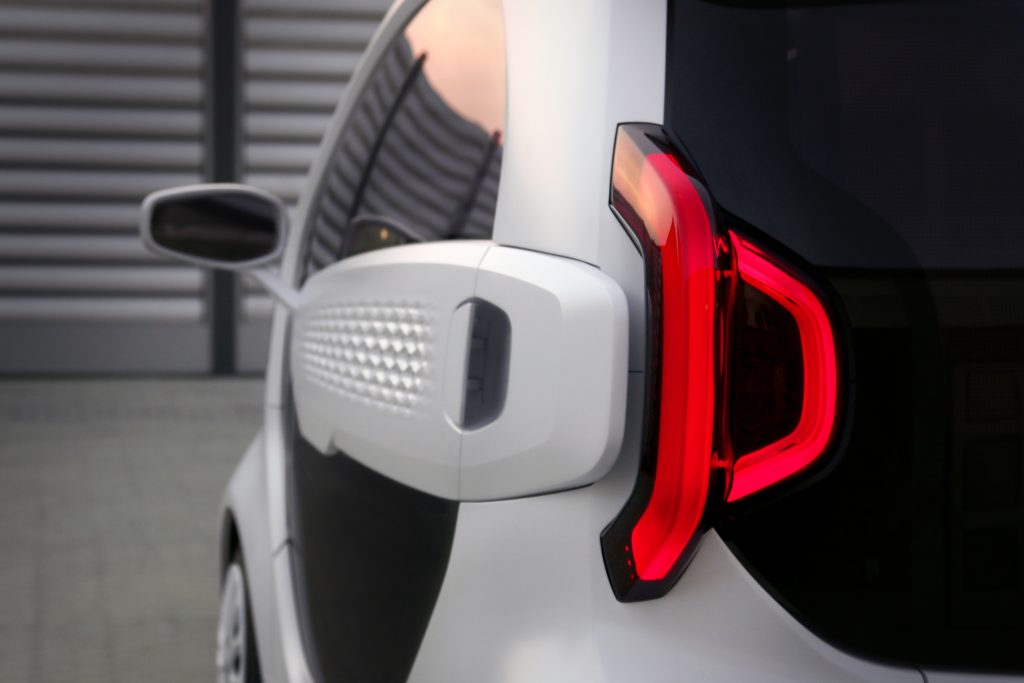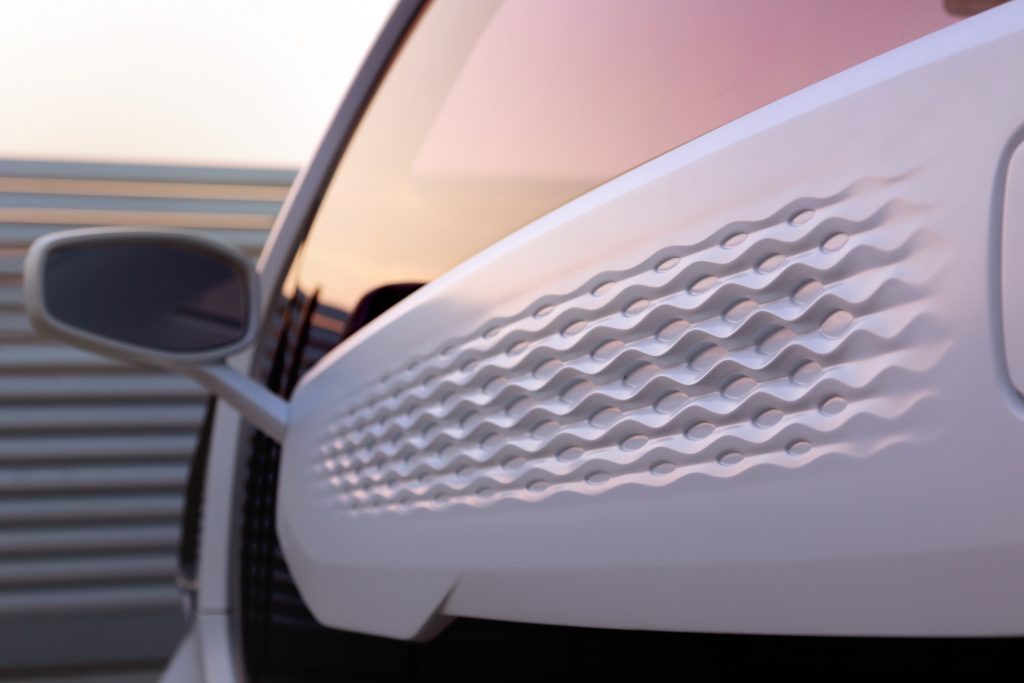Award winning 3D printer filament manufacturer Polymaker has partnered with Italian car manufacturer XEV to make 3D printed low-speed electric vehicles (LSEVs).
While XEV’s LSEVs aren’t the first ever 3D printed cars, the partners believe that this is the first example of additive manufacturing vehicles at scale.
Stanley Lu, CEO of XEV, provided 3D Printing Industry with more information on the Polymaker partnership and its success in developing a serial 3D printing production line cutting down the time and boosting customization of the everyday car.
Thousands of orders already made
The vision for XEV’s LSEVs, according to Lu, is that, “The car will be more beautiful because you can go beyond of the limit of traditional manufacturing.”
He adds, “it actually gives freedom to the style and creativity of designing, and then you can have a lot of variations. And in a short time, we can create a large range of production line.”
The company reports that it has already received 7,000 from two interested companies in Europe.

XEV and Polymaker’s 3D printed electric car. Photo via Polymaker
Poste Italiane, the Italian postal, communication, logistics and financial services company has reportedly made an order for 5,000 cars, and ARVAL, a vehicle leasing branch of BNP Paribas, has ordered 2,000.
JAC Motors. are the owners of XEV. JAC Motors is a Chinese state-owned automobile and commercial vehicle manufacturer that separately has a joint venture to make electric vehicles with VW.
“During last 20 years we had very complicated and painful process to make a car from research to manufacturing,” explains Lu, “So we are always looking for a solution that can let us go away from this complicated, painful, and costly process. And in the end, we found that 3D printing is the only solution, and the only way out.”
3D printed cars in series production
In the design, XEV has consolidated the amount of plastic parts in an LSEV from 2,000 to just 57. Doors, bumpers, window housings – most visible components excluding the chassis, seats and glass, are 3D printed in FFF using Polymaker material.
The resulting vehicle weighs just 450 kilograms, and reduces typical production leads by upwards of 70%, taking around 3 days to complete both interior and exterior components.

Side detail of a 3D printed LSEV. Photo via Polymaker
Commenting on the production process, Lu explains, “Each of our 3D printing machine[s] can extrude 25kg amount of material per day. This is about 10 times faster than the other industrial 3D printers.”
With this process, XEV and Polymaker are planning to “change the way how [industry] makes cars today.”
“We are making manufacturing as a platform, which means one machine can build unlimited shapes, unlimited parts,” explains Lu, “You don’ t need to change the machine to make different parts.”

Side detail of a 3D printed LSEV. Photo via Polymaker
3D printing at scale
Polymaker’s contribution to the project has ensured that materials to make the LSEVs are road safe, “requirement is very tough,” adds Lu “since maybe you need to drive the car from a place in 40℃ to another place in -30 ℃.” The process is also hoped to be rolled out to the fabrication of other end-use production.
Polymaker and XEV’s 3D printed LSEV is currently on display at the China 3D Printing Cultural Museum in Shanghai.
Other examples of 3D printed electric vehicles, includes TU Eindhoven’s Noah concept car and the Olli bus made by Local Motors.
For innovation in the automotive industry and beyond subscribe to the 3D Printing Industry newsletter, follow us on Twitter, and like us on Facebook.
3D Printing Industry Jobs is live. Post a job or discover your next career move now.
Protolabs is sponsoring the 2018 3D Printing Industry Awards design competition.Submit your entries now with the chance of winning a 3D printer.
Featured image shows XEV and Polymaker’s 3D printed electric car. Photo via Polymaker.